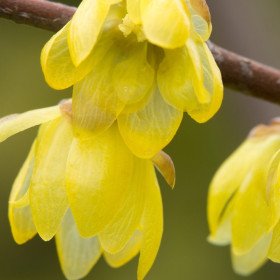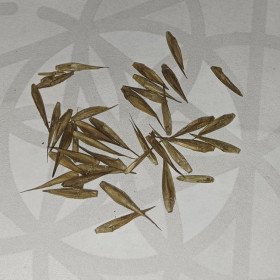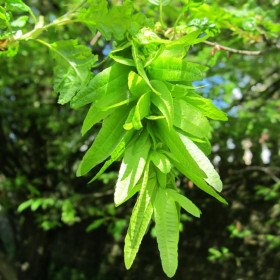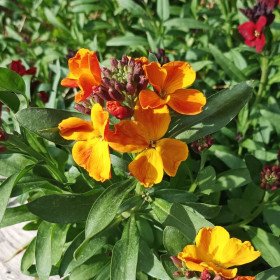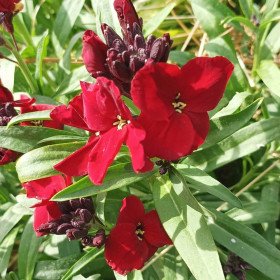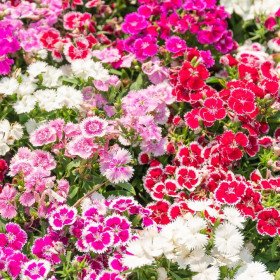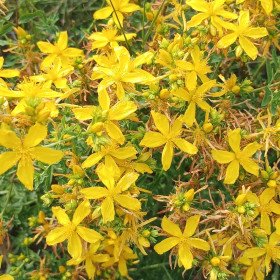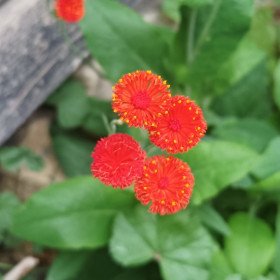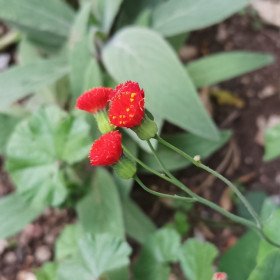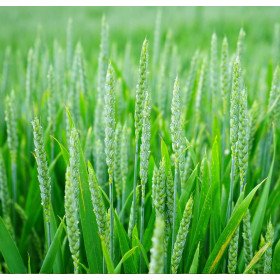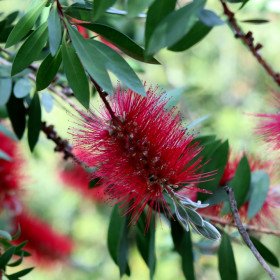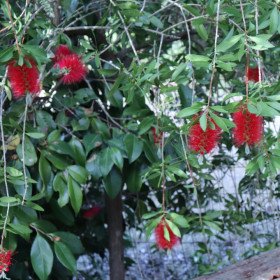10 Graines Plume du Kansas, Liatris à épi, Liatris spicata
10 Graines Plume du Kansas, Liatris à épi, Liatris spicata
- Modèle : 10 Graines Plume du Kansas, Liatris à épi, Liatris spicata
- Disponibilité : 5
- 1,50€
Plume du Kansas, Liatris à épi, Liatris spicata |
Liatris spicata, également connue sous le nom de "Blazing Star" ou "Plume du Kansas", est une plante vivace originaire d'Amérique du Nord.
10 Graines
Description : Liatris spicata est une plante herbacée qui forme une touffe dressée et élégante. Elle produit des tiges hautes et fines, pouvant atteindre 60 à 120 centimètres de hauteur, avec de nombreuses fleurs disposées en épi le long de la tige. Les fleurs sont de forme allongée, tubulaires et de couleur rose pourpre à violet. Les feuilles sont étroites et lancéolées, d'un vert vif, disposées de manière alternée le long de la tige.
Utilisation : Liatris spicata est une plante ornementale très prisée dans les jardins et les aménagements paysagers. Ses fleurs spectaculaires attirent les papillons, les abeilles et d'autres pollinisateurs, en faisant une excellente plante pour les jardins favorables à la biodiversité. En plus de sa beauté, elle est également appréciée pour sa longue floraison estivale, ce qui en fait une excellente plante pour agrémenter les massifs, les bordures, les rocailles et les bouquets.
Caractéristiques spécifiques : Liatris spicata est une plante rustique et peu exigeante en termes de culture. Elle tolère bien les sols moyennement riches à pauvres, mais préfère les sols bien drainés. Elle prospère sous une exposition ensoleillée et nécessite peu d'entretien une fois établie. La plante est résistante aux maladies et aux ravageurs, ce qui en fait un choix facile pour les jardiniers débutants.
Culture : La propagation de Liatris spicata peut être réalisée à partir de graines ou par division des touffes existantes. Les graines peuvent être semées directement en pleine terre au printemps ou à l'automne. Les jeunes plants peuvent être transplantés lorsqu'ils ont atteint une taille suffisante. La division des touffes peut être effectuée au début du printemps, en séparant les rhizomes pour créer de nouvelles plantes.
En conclusion, Liatris spicata est une plante vivace attrayante et facile à cultiver, appréciée pour ses épis de fleurs colorées et sa longue floraison estivale. Elle est un ajout précieux à tout jardin, ajoutant une touche de beauté sauvage et attirant une variété d'insectes bénéfiques.
Etiquettes : liatris, plume, kansas, spicata, GRAINES DE FLEURS & ARBRES Plume du Kansas, Liatris à épi, Liatris spicata, Fleurs & Herbes ornementales Plume du Kansas, Liatris à épi, Liatris spicata, Plume du Kansas, Liatris à épi, Liatris spicata GRAINES DE FLEURS & ARBRES, Plume du Kansas, Liatris à épi, Liatris spicata Fleurs & Herbes ornementales





